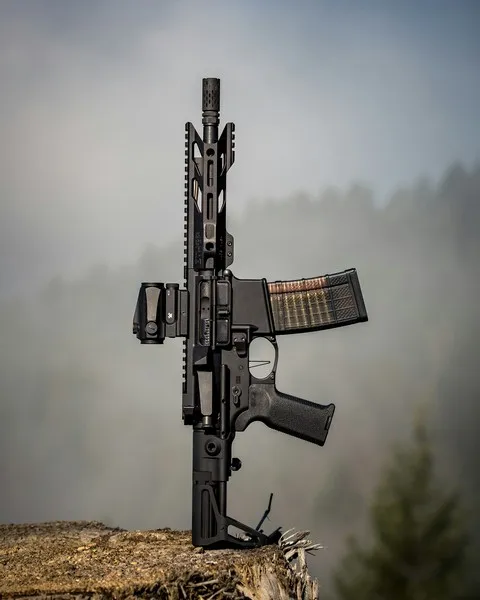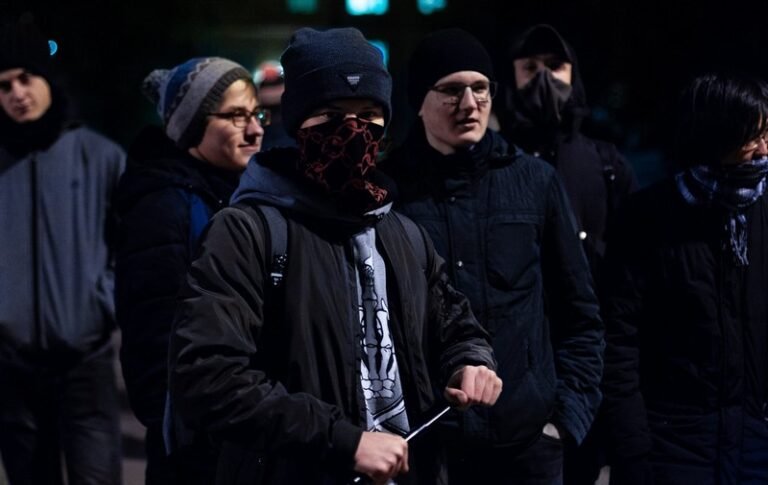Table of Contents
- Origins and Context of the Boston Gun Project
- Implementation Strategies
- Outcomes and Impact
- Sociological Implications
- Conclusion
The Boston Gun Project is a landmark initiative in the realm of community-based crime prevention strategies, particularly focused on reducing youth violence and gun-related crimes. Initiated in the mid-1990s, the project represents a collaboration between law enforcement agencies, researchers, and community members. This essay aims to provide a comprehensive analysis of the Boston Gun Project, outlining its origins, theoretical underpinnings, implementation strategies, and the outcomes it achieved. Furthermore, the essay will explore the sociological implications of the project and its contribution to the broader discourse on crime prevention and community engagement.
Origins and Context of the Boston Gun Project
Historical Background
In the early 1990s, Boston, like many other major American cities, was grappling with a significant surge in youth violence, particularly gun-related incidents. The homicide rate among young people had reached alarming levels, creating a climate of fear and insecurity within communities. Traditional policing methods appeared insufficient in addressing the root causes of this violence, necessitating a more innovative approach.
Conceptual Foundation
The Boston Gun Project was conceived as a response to this crisis, leveraging the insights of criminologists and sociologists to design a targeted intervention. At its core, the project was informed by the “problem-oriented policing” framework developed by Herman Goldstein, which advocates for a systematic analysis of crime problems to identify and implement effective solutions. Additionally, the project drew on the principles of “focused deterrence,” a strategy that concentrates enforcement efforts on specific individuals or groups known to be involved in violent behavior.
Implementation Strategies
Operation Ceasefire
The centerpiece of the Boston Gun Project was Operation Ceasefire, an initiative specifically designed to curb gang violence and gun crime. The strategy involved several key components:
Multi-Agency Collaboration
A fundamental aspect of Operation Ceasefire was the establishment of a working group comprising representatives from various law enforcement agencies, including the Boston Police Department, the Bureau of Alcohol, Tobacco, and Firearms (ATF), and the Massachusetts Department of Youth Services. This multi-agency collaboration facilitated the sharing of intelligence and resources, enhancing the overall effectiveness of the intervention.
Intelligence-Gathering and Analysis
The working group conducted detailed analyses of youth violence patterns, identifying specific gangs and individuals responsible for a disproportionate share of violent incidents. This intelligence-driven approach enabled the police to target their efforts more precisely, focusing on the most problematic actors.
Direct Communication with Offenders
One of the most innovative elements of Operation Ceasefire was the direct communication strategy. Law enforcement officials, along with community leaders, held meetings with gang members, clearly communicating the consequences of continued violence. These meetings, often referred to as “call-ins,” were designed to convey a dual message: a promise of severe legal consequences if the violence persisted and an offer of support services, such as job training and educational opportunities, for those willing to change their behavior.
Community Engagement
Recognizing the importance of community support in sustaining long-term change, the Boston Gun Project actively involved local residents, clergy, and social service providers. This community engagement component was crucial in building trust between the police and the community, ensuring a collaborative effort in addressing the problem of youth violence.
Outcomes and Impact
Get the full article AD FREE. Join now for full access to all premium articles.
View Plans & Subscribe Already a member? Log in.





